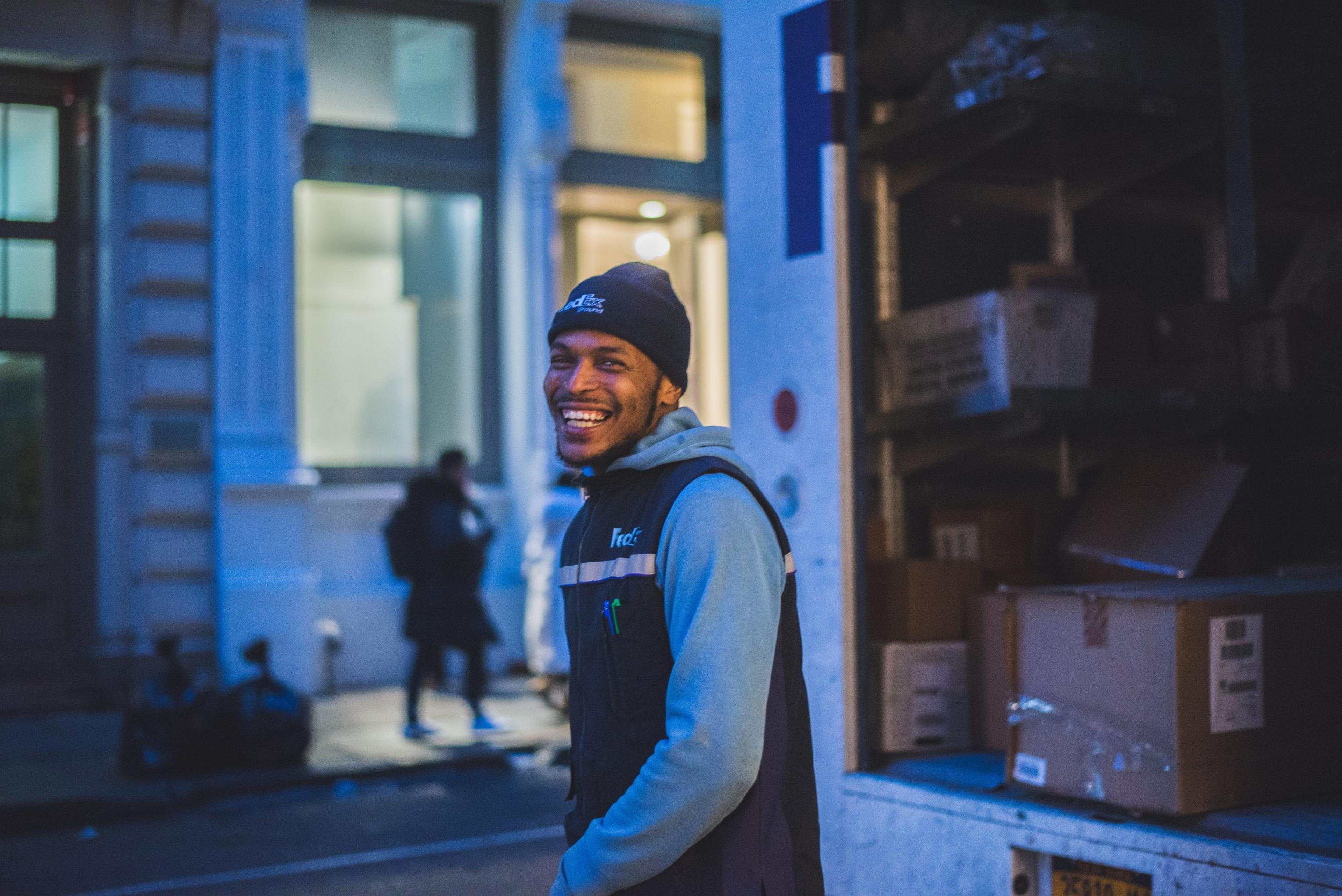How to mitigate the growth of Digital Deliveries on the environment?

NEVERBLAND®
07.04.2022

There is a new feature of city life in the post-pandemic era. In London, scores of mopeds scoot along with steaming takeaways in tow. UPS vans career through narrow streets. Supermarket trucks halt traffic as they unload in residential areas. While urban centres and offices might be returning to normal, there is an excess of delivery vehicles to deal with.
During the covid year some thought that our reliance on having things sent to us was temporary. But in 2022, we seem more hooked on deliveries than ever. According to the World Economic Forum, demand is only going to grow. Researchers there think last-mile delivery will grow by 78% globally by 2030. There is a problem with this, and it’s the same one faced by most growth industries: carbon emissions. People want to shop with a clear conscience, but in an era of e-commerce, can they?
Setting it off
Carbon offsetting is one way that brands are starting to mitigate their impact on the planet. According to a European study by UPS, over half (53%) of UK shoppers want large retailers to have an offsetting scheme for deliveries. Smart companies are responding, and a new raft of tech tools is springing up to help with the great offset. For instance, Seesiu is a browser plug-in that partners with retailers like ASOS and Glossier to make shopping greener. When people access the company’s retail partners, they put a percentage towards reforestation, renewables and energy efficiency projects. Making it easy for customers to offset carbon in this way will reduce the harm caused by last mile deliveries – but is it a wholesale solution? Perhaps not.
Sustainable UX
Another way to lessen the environmental impact of shopping online is to re-think the design of the websites themselves, and make those less carbon intensive. Carmaker Volkswagen has been trying to shed the reputational damage by its emissions scandal in recent years and its latest effort is a website designed to be less costly to the environment. Pictures of its new EV are made up of plain text rather than images. The site copy explains that the ‘average website produces 1.76 grams of CO2 per page view.’ So a site that gets 100,000 views a month, VW reasons, would produce equivalent emissions to ‘87 barbecue tanks’. The auto brand claims its site is 99 per cent cleaner than an average web page. They surely wouldn’t fib about something like that, would they?
Nudging customers clean
Nudge theory proposes that small design interventions can help us make better choices. Increasingly, this approach is being used online. In fact, the UN Environment Programme (UNEP) has identified it as a key strategy in making e-commerce more sustainable. David Jensen, digital transformation coordinator explained in a statement: “The algorithms and filters that underpin e-commerce platforms must begin to nudge sustainable and net-zero products and services by default.”
A simple way for e-commerce brand to do this is to make people more aware of their footprint when they shop. One example is fashion brand Asket, it shows customers an ‘impact receipt’ that shows an itemised list of how much water and energy was used in making the clothes and how much CO2 was emitted.
As demand for last-mile delivery continues unchecked in the coming decade, it is the role of brands and designers to arrive at smart ways to mitigate the environmental impact of all those trucks and scooters.
Digital Product Design Studios
We feel passionately that a good digital product design studio or e-commerce agency should build in sustainable UX/UI throughout the products it builds cognisant of all aspects of the clients business that impact on the environment. As such this is a key part of our discovery phase when building a digital product.
Related articles

Reaching your Peak Potential
4 min read


